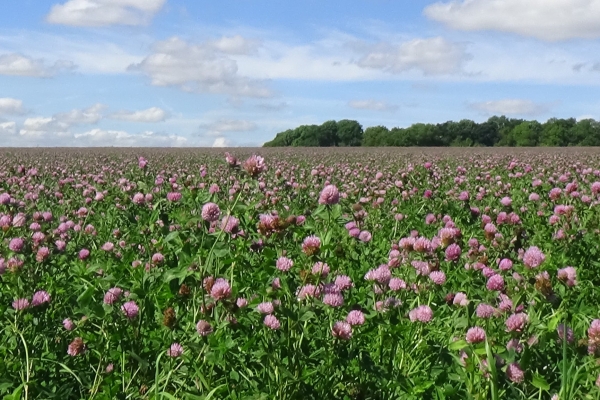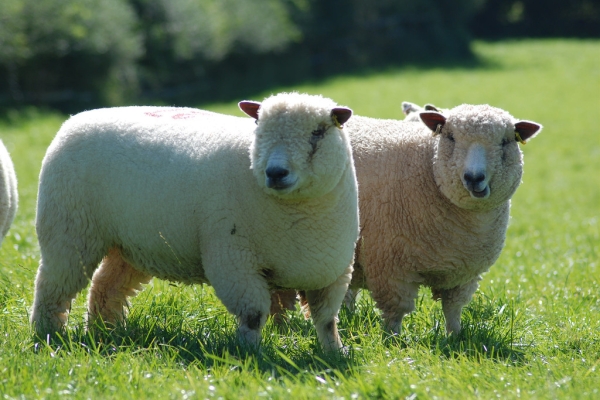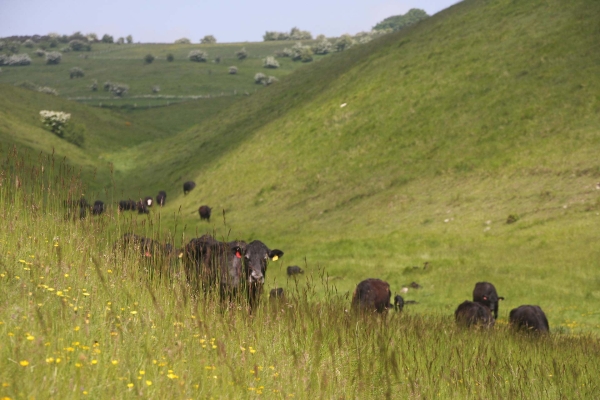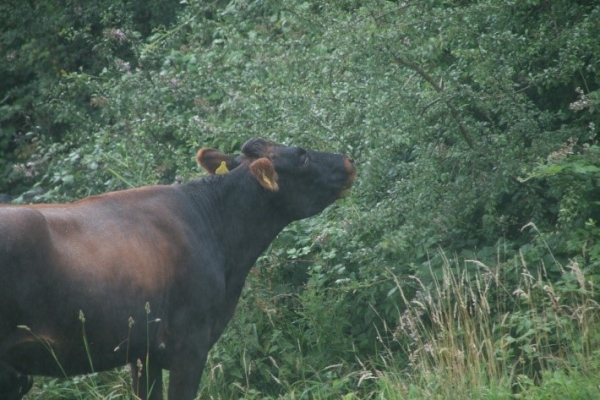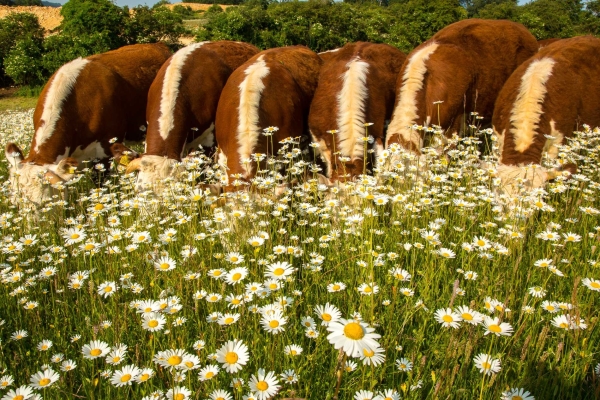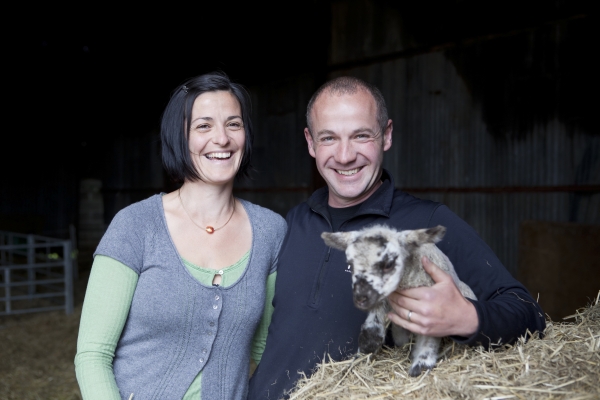Feeding livestock on pasture-based diets
Organic Management Techniques to Improve Sustainability of Non-Organic Farming
Resource explained
This abstract was composed as part of a Defra funded project looking at organic management techniques that could be applied on non-organic farms and help improve sustainability. It describes information on pasture-fed livestock production and lists the main agronomic, economic and/or ecological value you can expect to gain from applying the method. It includes practical recommendations that will help you implement the method on your farm and other useful information such as the time of year you could apply the method, suitability according to your farming system, and equipment required. It also includes a case study of a farmer who is applying the practice. Potential benefits and potential barriers you would need to consider, financial implications, and how it relates to legislation are also listed.
Findings & recommendations
- Herbivores compete with humans when fed on concentrated feed based on e.g., soya, grains and pulses, and conversion of energy from concentrates to meat is poor. When only the parts of an animal that are eaten are considered, the Feed Conversion Ratio is an enormous 25:1 for beef cattle. Even at the best the live-weight conversion ratio of 2:1 for chicken, means that at least half of any crop is ‘wasted’ in conversion to meat. Farm animals that are able to thrive in pasture-based systems in all seasons and at all growing stages can help to resolve this conflict.
- By offering animals a diverse landscape with trees and herb-rich pastures in managed grazing systems, intake of digestible matter and pasture regrowth can be optimised, benefitting animals and the environment alike.
- Diverse plant populations encouraging wildlife such as pollinator insects leads to improved health in ecosystems. In pasture-based systems, carbon sequestration is higher than in grain-based systems. Although animals may grow more slowly due to breed selection and energy intake, the costs related to purchasing and storage of concentrates can be minimised or avoided.



